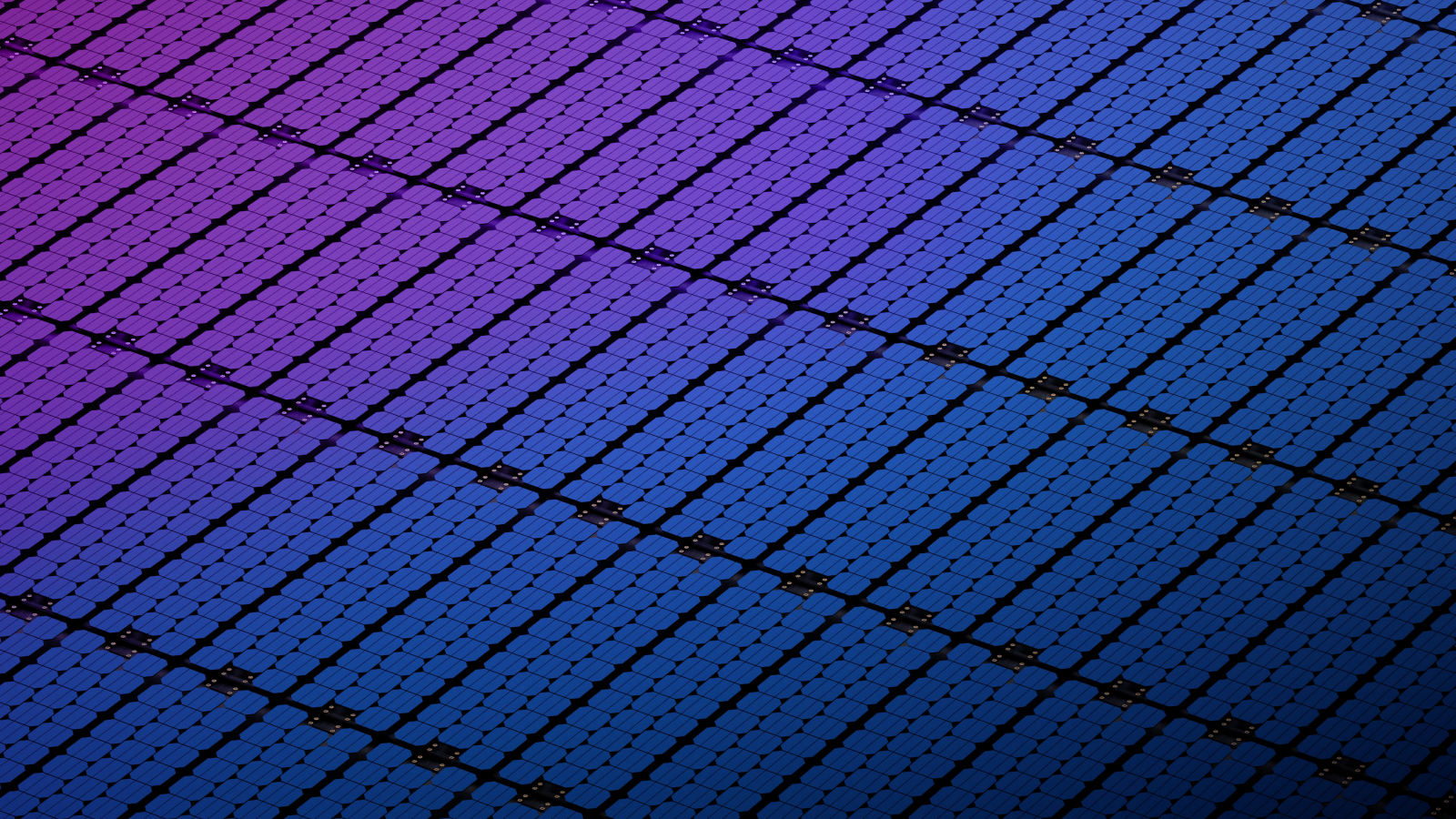When you buy through links on our site , we may earn an affiliate commission . Here ’s how it works .
bountiful windows provide light , and a panorama , but they do n’t always do much for push efficiency or privacy . The glass transmits heat to the exterior in wintertime and traps it inside during the summer . The only tangible solution : curtains or blinds .
But now there ’s a deoxyephedrine that changes , chameleon - similar , from opaque to see-through , and can be adjust for differentwavelengths of light . It could boost energy efficiency in buildings with large glass facades , freeing homeowners from the task of picking windowpane treatments .

Scientists have developed a “smart glass” that changes, chameleon-like, from opaque to transparent, and can be adjusted for different wavelengths of light. The result may mean no more curtains as well as energy savings in buildings since the glass dynamically controls daylight and solar heat through windows.
The glass is the inspiration of scientists at Lawrence Berkeley National Laboratory ( LBNL ) in California and the Autonomous University of Barcelona . It ’s made of niobate , a compound compose of the element Nb and oxygen . The ingredients get mixed together with micromillimeter - sized watch crystal of indium tin oxide , or ITO , which is used in jot screens to register when a finger get hold of the exhibit . The scientists ' experiment appear online in the Aug. 14 issue of the journal Nature . [ 7 Cool Technologies Inspired by Nature ]
The resulting material is calleda glassbecause it has the characteristic structure of a glass : the molecule are all jumble around , without a clear pattern , like in a liquid . But unlike a liquidness , shabu does n’t flow . Ordinary windowpane field glass is made of silicon dioxide mixed with other chemical substance , such as sodium oxide ( Na2O ) , magnesia ( MgO ) , calcium hydroxide ( CaO ) and alumina ( Al2O3 ) , which give it extra forcefulness .
To make theirsmart glass , the investigator dissolve the niobate in pee , then added the nanocrystals of indium tin oxide . The niobate molecules link up to the ITO , work tiny clusters . " The art was making the nanocrystals , " said Delia J. Milliron , a materials scientist at LBNL , who led the study . Otherwise , Millironsaid , the chemistry is relatively straight , and all done at elbow room temperature .

The researchers then let the root disappear while heating it , which transformed the niobate - ITO mixture into an amorphous whole — a meth — palisade by nanocrystals covered in niobate .
Scientists next put the niobate glass layer on top of an electrode and then added a level of a liquid electrolyte to the glass , followed by a 2nd electrode . When researchers go for a voltage across the electrodes , the glass alter its transparency . At 4 volts , the looking glass was fully gauze-like , but at 2.3 volts it blocked near - infrared light . And at 1.5 volts , it block visible and well-nigh - infrared light .
This put to work because the electrical kick spay the bodily structure of the nanocrystals so that they block sure wavelengths .

In literal - humans use , the smart glass would be a micrometer - stocky layer placed on top of a normal Elvis , but there ’s still oeuvre to be done to make this smart glass a fixture in buildings .
For one thing , the electrolyte will probably have to be a substantial . The team will also have to find a good material for the electrodes — in the experiment they usedlithiumfor one electrode , but that is n’t pragmatic or safe for gravid panes .
Even so , the door ( or windowpane ) is now opened to materials that change in response to commands , made in a way that does n’t require exotic fabrication techniques .













